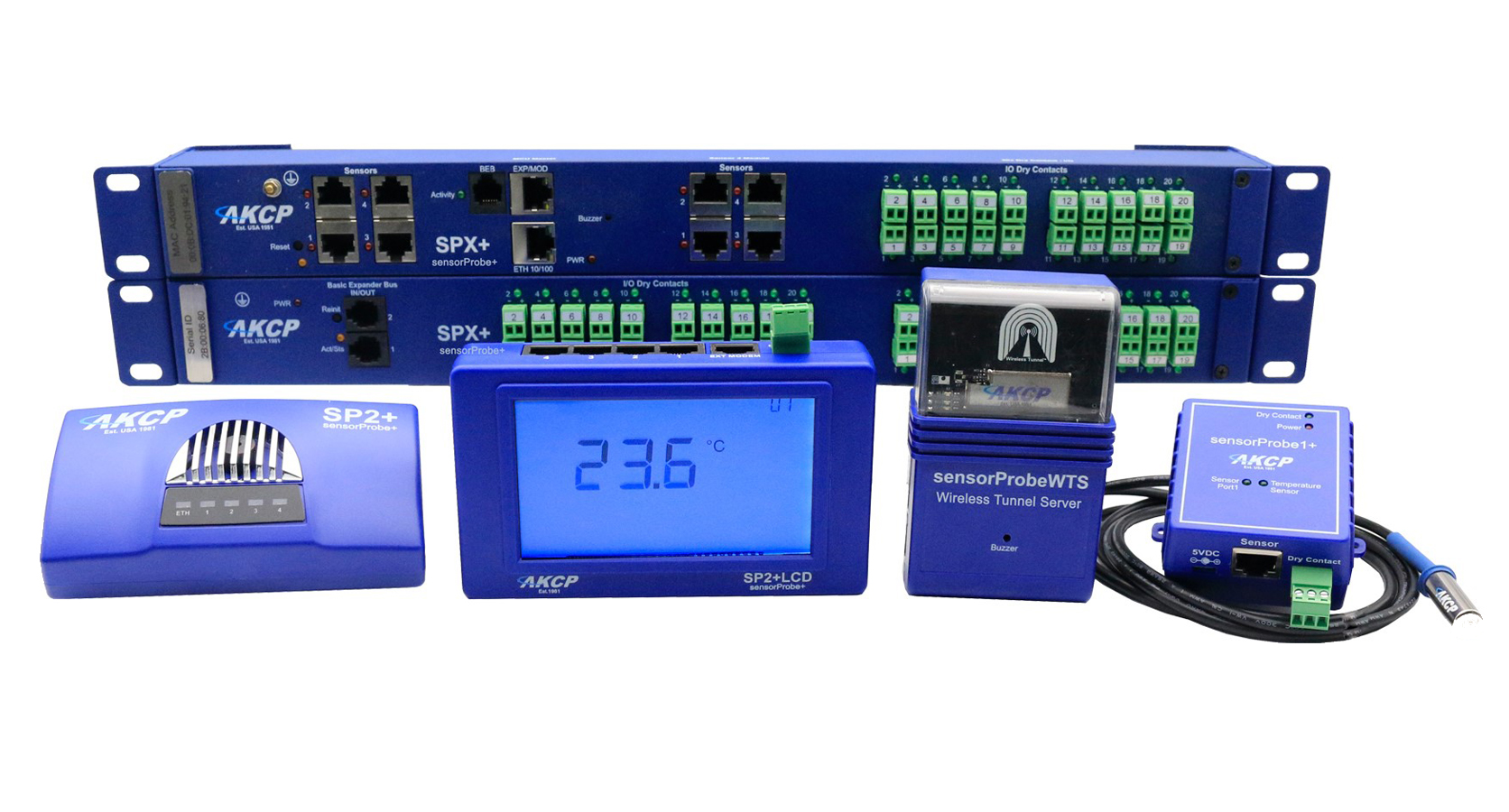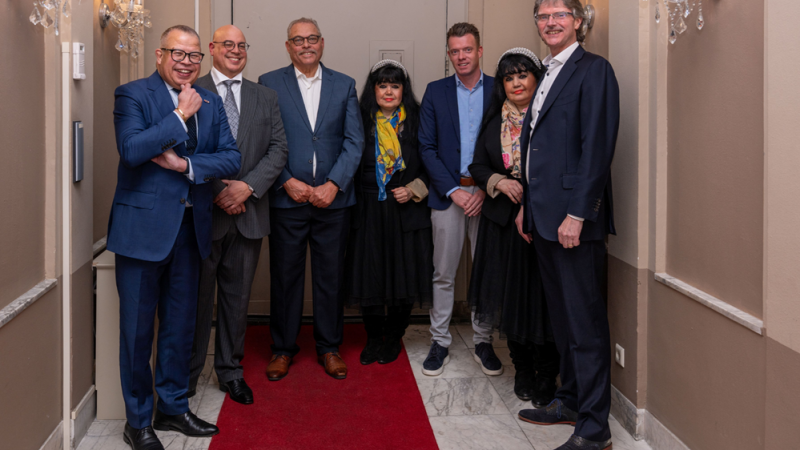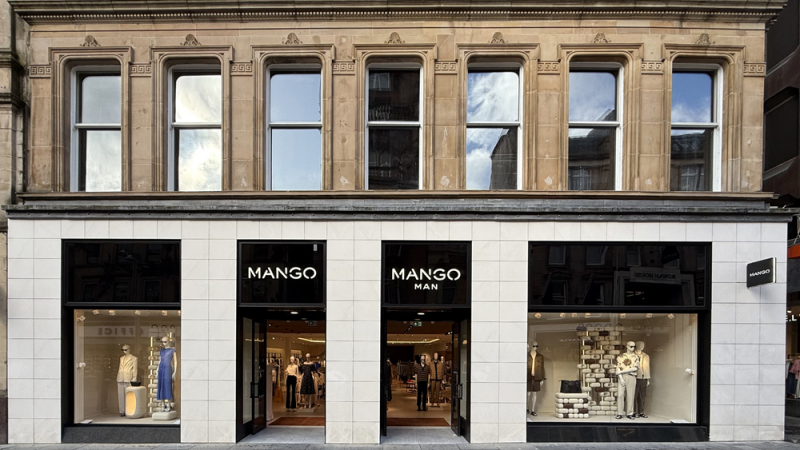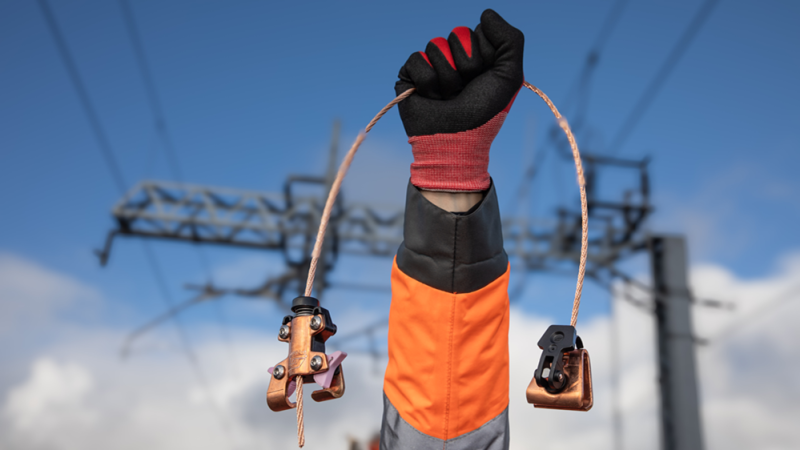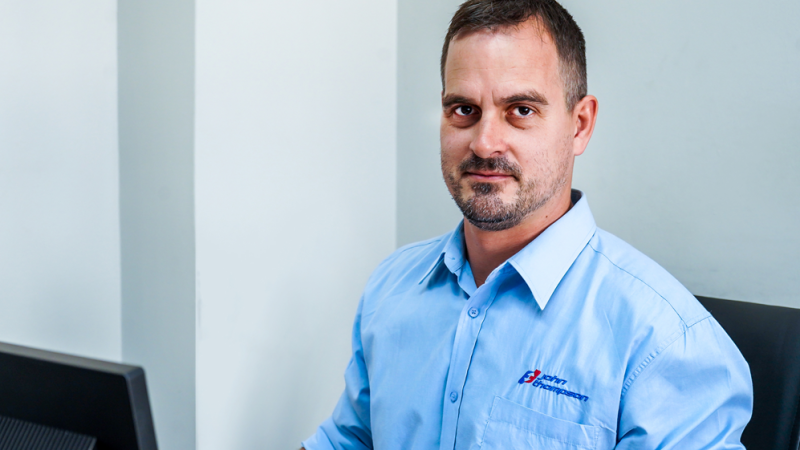Brad Klein’s time in the data centre industry goes back almost as far as the data centre industry itself. “I volunteered in the US army in 1973 and they sent me to computer school,” the founder and CEO of AKCP Brad Klein recalls. “I started in data centres then, but at that time the hard disk was a new invention. Have you heard the expression ‘spin up the hard disk’? They would literally spin up. The hard disk was a rotating platform, two or three metres in diameter, plated in gold, and open to the air. If you scratched the disk you would have to replace it for $1 million.”
Brad has plenty of stories from this period, including the Air Force sergeant during the Vietnam War who diagnosed computing errors by turning them on at night to see which tubes weren’t glowing, to people using the space beneath the data centre raised floor as a nice cool place to hide and take a nap.
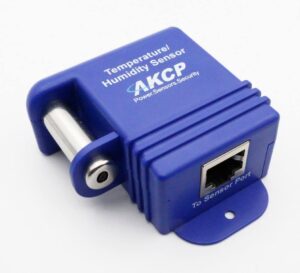 But after a decade in the sector, Brad saw a good reason to go into business for himself. “Back in the 80s I read about someone who came into their data centre after the weekend and found it was a sauna. That was the foundation for the business,” he tells us. “I established the business in the USA in 1981, and moved to Thailand in the late 90s.”
But after a decade in the sector, Brad saw a good reason to go into business for himself. “Back in the 80s I read about someone who came into their data centre after the weekend and found it was a sauna. That was the foundation for the business,” he tells us. “I established the business in the USA in 1981, and moved to Thailand in the late 90s.”
But Brad was not just establishing a business, he was establishing an entirely new Industry. “We invented the field of data centre monitoring. Every product of this nature more or less copied us – we invented the entire marketplace,” Brad tells us. “When I started in data centres, the Monitoring was rotating paper sheets with a needle, like a seismograph, with pen and ink recording temperature and humidity. We created the first networked sensors.”
The company was established to help prevent data centre disasters caused by overheating. The ASHRAE A1A standard says data centres can operate at temperatures up to 28°C without problems, but most data centres prefer to stay cooler than that.
Brad Klein’s company, AKCP, was designed to help with that, and since it was established, it has grown to 150 employees, with 250,000 installations worldwide.
A Dynamic Operation
Over the years, the business has evolved from simply monitoring temperature and alerting to disaster. AKCP has added power and security monitoring, as well as a centralized Data Center Infrastructure Management (DCIM) platform, AKCPro Server. This has led the company to develop exciting new products such as their latest innovation, sensorCFD™.
The science of computational fluid dynamics (CFD), explained Brad is that “Essentially it divides the air into cubes, and then it measures the temperatures and direction of the air and the pressures on each cube. It then computes how it will affect the next cube. If you have sensor readings at certain points, you can take those known points and mathematically predict the temperature and the air velocity in other parts of the room.”
It is a technique used to design Formula One cars, boat hulls and aeroplane wings, as well as calculate temperatures in data centres. But while originally AKCP devised these technologies to avoid disastrous shutdowns at data centres, over the last decade its priorities have shifted.
“We changed tactics a few years ago from preventing disasters to reducing energy costs,” Brad says.
Changing direction like that means a change in priorities. To achieve the cost savings means cutting into data centres’ safety margins, and that is only possible if you can improve your monitoring. AKCP has developed thermal map sensors specifically with these new needs in mind.
“In the old days you could brute force it, cool your entire data centre down to 17°C,” Brad says. “But you can survive hot spots. If the whole thing is at 20°C, even if some places get to 24 or 25 degrees, it is okay. If you try raising the temperature of your data centre to 25 or 26 degrees, the hot spots will reach 29 to 30 degrees and your reliability will go down.”
The stakes, as Brad points out, are high. “It is not just about the cost of your equipment, it is the cost of not being able to supply data services which your business relies upon,” he says. “So, you need to monitor things a lot more to make sure no areas are being cooled too much or not enough.” This pivot from disaster prevention to cost saving is only one of the transformations AKCP has been undergoing.
A Changing Model
One of the biggest changes the company has made is transitioning its outsourced manufacturing to an in-house operation. “When I first started in the US everything was completely outsourced. It was very expensive, but we were a small company. We set up our own manufacturing facility but at the start, a lot was still outsourced,” Brad says. “In the Philippines, we brought in a robotic pick-and-place machine and multi zone reflow oven for soldering, the first of many machines. This allows us to acheive a much faster turnaround time.”
At the same time, AKCP is introducing a stocking distributor program. “It seems like oil prices have come down but the shipping costs haven’t,” Brad says. “Shipping costs have gone through the roof, so we redesigned our product line so that it’s more amenable to distribution.”
This meant simplifying the product line, using software to cover a wider range of needs and making more general purpose products, to allow for bulk shipping to distributors. It is a big job, as for many of AKCP’s clients its products are practically bespoke.
“We have a wide range of products. Basically, our product line is semi-custom, low volume, everyone wants something custom,” Brad says. “Fortunately, because our manufacturing is in-house we have a fast turnaround and keep our prices low. We also do our own testing in-house.”
By providing different offerings to larger customers, with more bespoke needs with bulk shipping capacity, and smaller customers that typically cannot afford that but can use more general products. Careful stock control has also enabled AKCP to navigate the chip shortage that has been a huge issue for other industries.
“We ordered years in advance – we had a stockpile of chips,” Brad says. “When Covid first hit I said ‘Nick [Barrowclough, President], get me a year’s supply of everything’.”
Powered by Innovation
Of course, there is one thing AKCP has always had an abundance of.
“We have no shortage of ideas that’s for sure!” Brad laughs. “We are an innovative company. We designed the field. We have some projects we have been working on for years which we believe will revolutionise data centre cooling and significantly impact the electrical use of data centres worldwide. We are working on some crazy ideas.” AKCP can generate these ideas because Brad has turned his company into what is effectively a playground for smart people.
“Let me tell you something. I didn’t start this company to make money – I started it to have fun,” he says. “People who share my vision gravitate towards that. We have some of the brightest minds in the industry and I let them have fun.”
